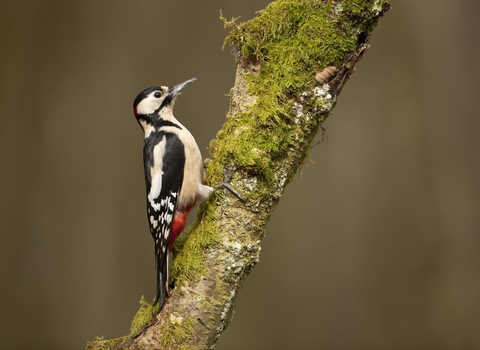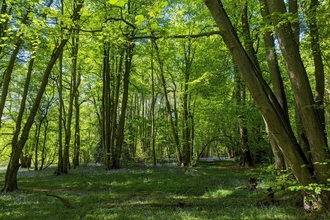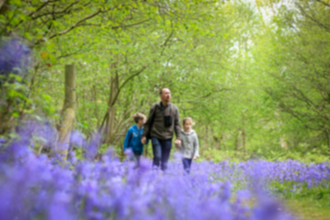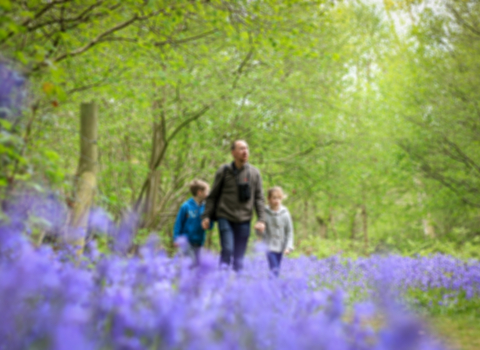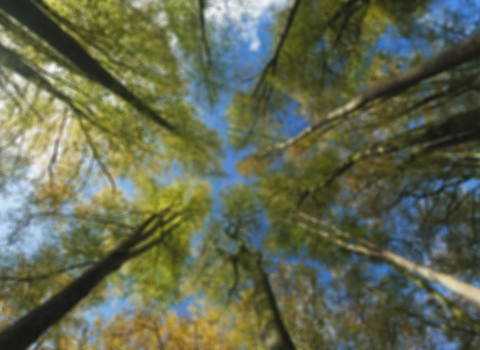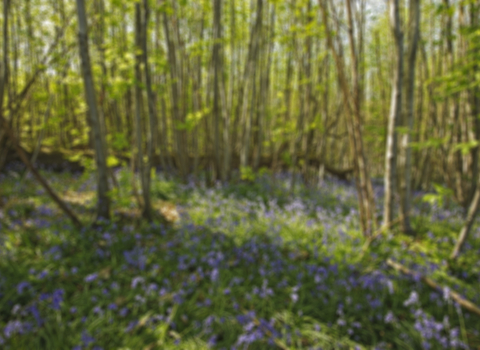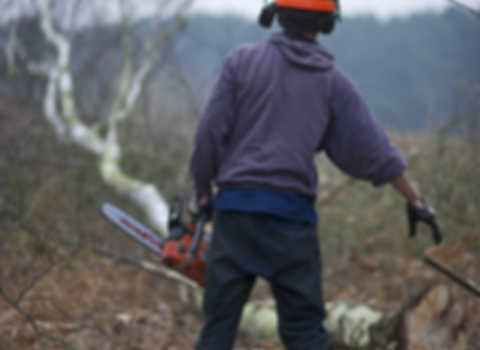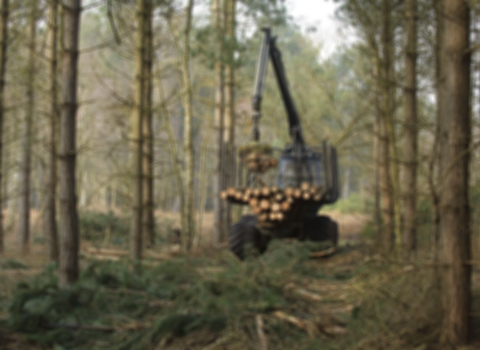Woodlands have been essential to many species, including people, for thousands of years. They are used for timber, fuel, shelter, and more recently for public recreation. Woodlands also play an important role in securing carbon, purifying the air and helping prevent flooding.
Management of our woodlands is essential to the survival of our native flora and fauna
Whilst woodland management can look and feel destructive, with concerns around the detrimental impact of tree removal, management of our woodlands is essential to the survival and benefit of our native flora and fauna. Without management we cannot create a varied and vibrant ecosystem for future generations to cherish.
Read more below.

